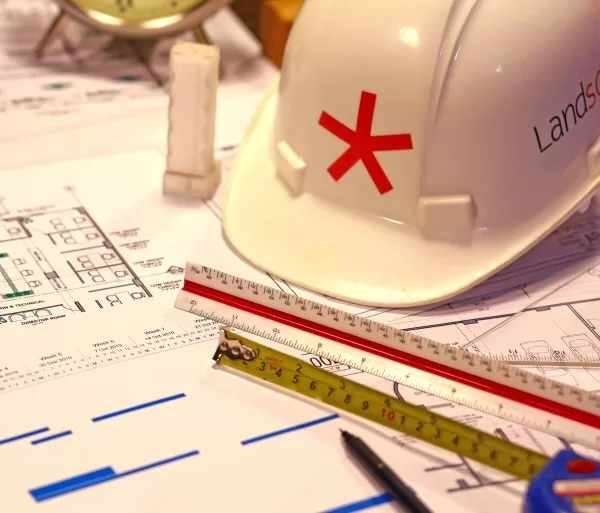Demystifying the Construction Process – Design to Cost Estimation
Embarking on a construction project entails a meticulous process that begins with planning and design and culminates in cost estimation. While clients often inquire about costs before the design phase, it is essential to understand that accurate estimations can only be provided once the planning and design are finalized.
In this blog, we will unravel the various components of the construction process and shed light on how elements like 3D visuals, engineering drawings, and the Bill of Quantities (BOQs) contribute to determining project costs. Join us on this insightful journey as we explore the vital connection between design, planning, and accurate cost estimation.
Design: The Key to Cost Estimation Accuracy:
Before diving into the intricacies of cost estimation, it is crucial to emphasize the role of design in the construction process. Design acts as a guiding principle, allowing architects and designers to create comprehensive plans that encompass the client’s vision and functional requirements. While clients are understandably curious about costs early on, it is essential to prioritize design and planning to generate accurate cost estimates. Design helps identify the materials required, their quantities, and associated costs, enabling a more precise determination of the project’s financial aspects.
3D Visuals: Bridging the Gap between Vision and Execution:
Once the design is finalized, the construction team leverages technology to create stunning 3D visuals. These visuals provide clients with a realistic representation of what their project will look like upon completion. More importantly, 3D visuals facilitate better communication and collaboration among all stakeholders, allowing for early identification of any design issues or modifications needed. This phase also helps refine the cost estimation process by providing a clearer understanding of the project’s scope and complexity.
Engineering Drawings: Transforming Vision into Technical Specifications:
Building upon the design and 3D visuals, the construction team moves forward with the creation of engineering drawings. These drawings serve as technical blueprints, capturing intricate details and specifications necessary for construction. They encompass structural, mechanical, electrical, and plumbing aspects, ensuring that the project complies with safety standards and regulatory requirements. Engineering drawings play a vital role in accurately estimating the costs associated with material quantities, labor, and specialized installations.
Construction Tender Set and Bill of Quantities (BOQs) – Estimating Project Costs:
As the construction process progresses, the project enters the tendering phase. To obtain competitive quotes from contractors and suppliers, a construction tender set is created, consisting of detailed drawings and specifications. Central to this process is the Bill of Quantities (BOQs), a comprehensive document that lists all the materials, quantities, and associated costs required for the project. While BOQs are shared with potential bidders, they are often devoid of prices, allowing for impartial and competitive bidding. The BOQs serve as the master document that entails the estimated cost of the project, acting as a critical tool in evaluating and comparing contractor quotes.
Conclusion:
The construction process is a multifaceted journey that relies on careful planning, design, and accurate cost estimation. Design acts as the foundation, generating 3D visuals that bridge the gap between the client’s vision and execution. Engineering drawings provide technical specifications, ensuring compliance and accuracy. Finally, the construction tender set and the Bill of Quantities (BOQs) play a crucial role in estimating project costs, allowing for competitive bidding. By understanding the intricacies of the construction process and the relationship between design and cost estimation, clients can embark on their projects with clarity and confidence.

